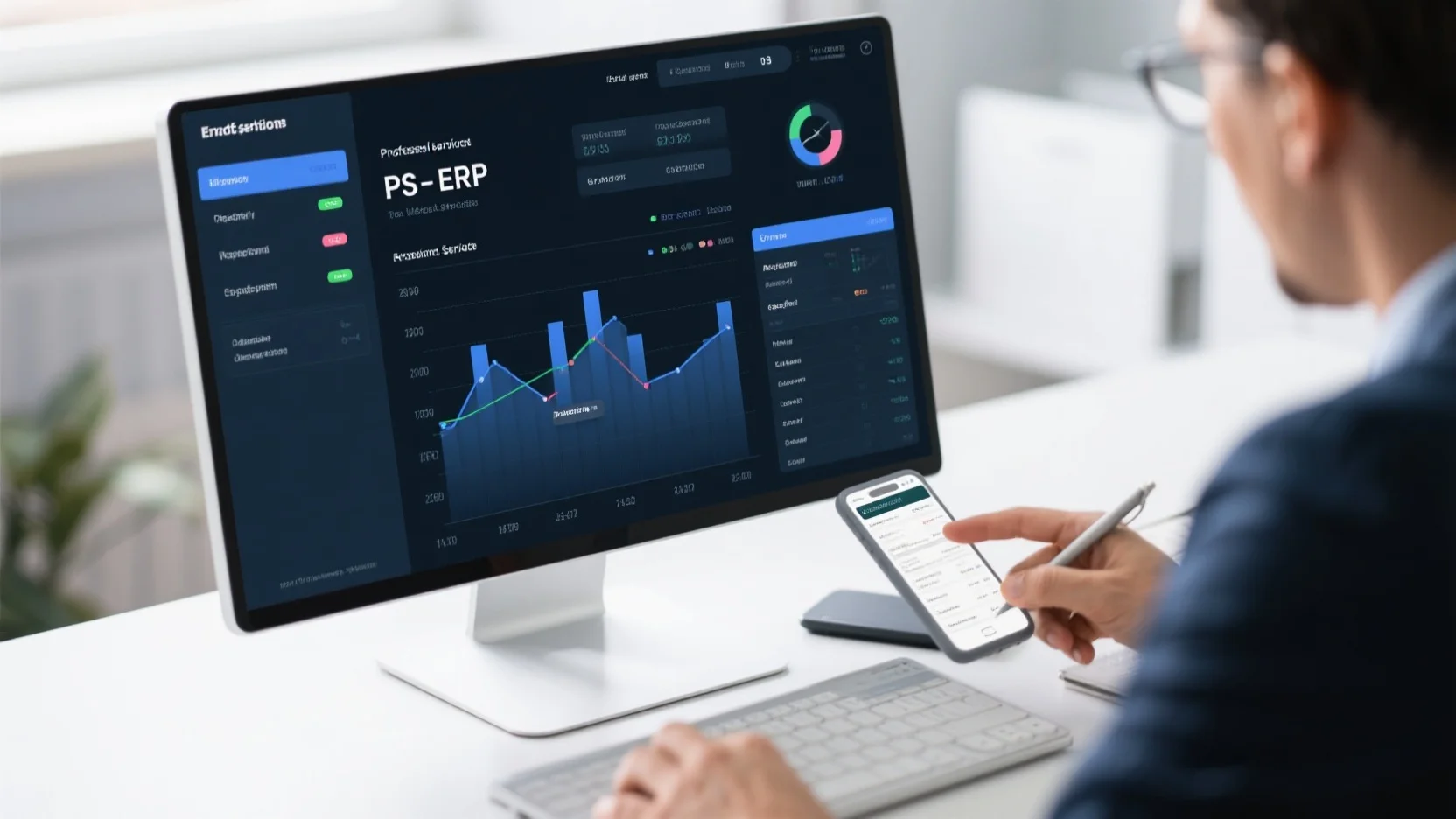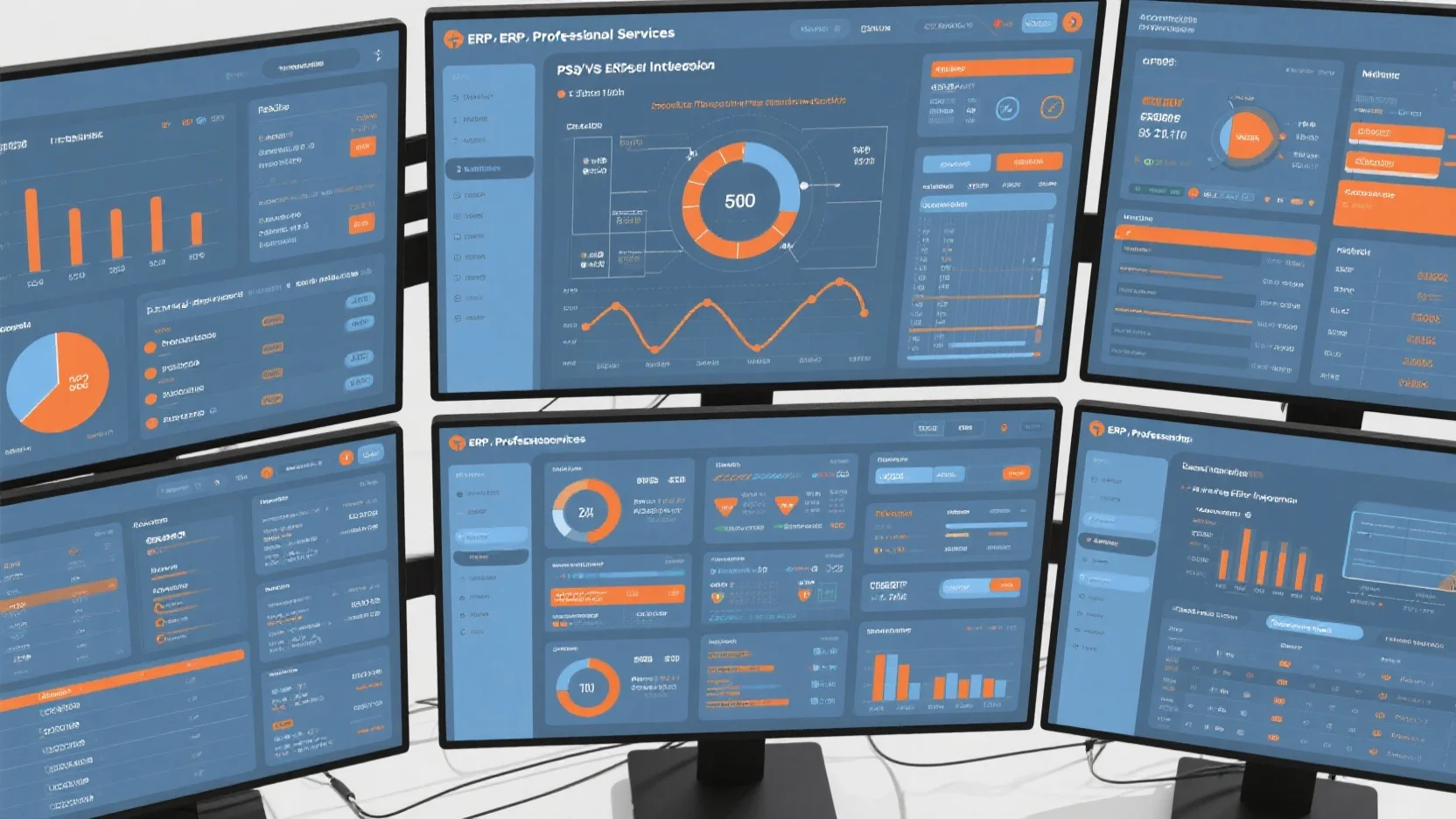In 2023, a SEMrush study found that businesses using ERP systems saw a major boost in operational efficiency. Trusted sources like SEMrush and Google Partner – certified strategies reinforce the value of ERP in professional services. When considering buying an ERP system, you face a choice between premium and counterfeit models. A high – quality ERP offers client management, time – tracking, and project accounting capabilities. With a Best Price Guarantee and Free Installation Included, it can revolutionize your business. Local service providers often rely on these features. Act now to find the perfect ERP for your professional services.
ERP for professional services
Definition and characteristics
In the world of professional services, having the right tools can make all the difference. According to a recent SEMrush 2023 Study, businesses using ERP systems experience a significant improvement in operational efficiency. ERP for professional services is a software solution designed to manage and integrate various business processes specific to service – oriented industries.
Client management capabilities
ERP systems for professional services have strong client management capabilities. For instance, they can centralize client information, proposals, and communications. This centralization improves service delivery and collaboration. Consider a marketing agency that uses an ERP system. All client – related details are stored in one place, making it easier for the team to access and act upon them, whether it’s a new proposal or following up on an ongoing project.
Pro Tip: When choosing an ERP system, look for one with a well – integrated CRM feature to enhance your client management.
User – friendliness
Selecting a professional services ERP with a strong focus on user experience can significantly reduce training time and costs. With a user – friendly interface, employees can quickly adapt to the system. A Google Partner – certified strategy in this regard is to choose a system that is intuitive and easy to navigate. For example, an IT service provider implemented an ERP system with a simple dashboard. Employees could easily access the functions they needed, leading to increased productivity.
Need for real – time mobile technology
Professional accounting, tax, engineering, and legal services require powerful, real – time mobile ERP technology to balance service delivery commitments with financial health. With the ability to access data on the go, professionals can make informed decisions quickly. For example, a consultant can check project budgets and costs while on – site at a client location.
Time and expense tracking
Time and expense tracking is a crucial aspect of professional services ERP.
Accurate time recording
Integrated time – tracking tools record billable hours accurately. This ensures that clients are billed correctly and employees are compensated fairly. For example, a law firm can use time – tracking tools to record the hours spent on different cases.
Automated data collection
With this method, an automated process "checks" for new approved time and/or expense entries at predetermined time intervals. This reduces the manual workload and the risk of errors. For instance, a project management team can have an automated system that checks for new time entries every day.
Link to projects
Integrating time and expense directly to the project keeps project managers up to date on resources and current costs. For example, in a construction project, the time spent by workers and the expenses incurred can be directly linked to the project, allowing for better cost control.
Expense reporting
Easy – to – use tools for logging time and expenses encourage staff compliance and enable accurate billing. Employees can quickly submit expense reports, which can then be approved and processed efficiently.
Policy compliance verification
The ERP system can verify if the time and expense entries comply with company policies. This helps in maintaining financial discipline. For example, it can check if an employee’s expense claim is within the approved limits.
Cost center and project allocation
Expenses and time can be allocated to different cost centers and projects. This provides a clear picture of where resources are being used. For example, a consulting firm can allocate costs to different client projects and internal cost centers.
Journal entry creation
The system can create journal entries based on the time and expense data. This simplifies the accounting process.
Connection between project hours, expenses, and budgets
The ERP system shows the connection between project hours, expenses, and budgets. Managers can easily see if a project is going over budget or if resources are being used efficiently.
Invoicing support
Time and expense data can be used to generate accurate invoices. This speeds up the billing process and reduces disputes with clients.
Real – time data provision
Receiving real – time project performance data gives managers enough time to swiftly intervene or impose course corrections. For example, if a project is running behind schedule, managers can take immediate action.
Collaboration facilitation
The system facilitates collaboration between different teams. For example, the finance team can work with the project management team based on the time and expense data.
Project accounting modules
Project accounting is an essential aspect of financial management for businesses involved in project – based work. Project accounting modules in ERP systems focus on the financial performance of individual projects. They allow organizations to track costs, revenues, and profitability accurately. For example, a software development company can use a project accounting module to track the costs of developing a new application, including employee hours, software licenses, and hardware costs.
Resource utilization dashboards
ERP dashboards are created within an organization’s ERP system. Every tile, chart, and alert in an ERP dashboard is present to answer a specific business question about financial performance, operational efficiency, or market trends. Resource utilization dashboards in professional services ERP systems show how resources are being used across different projects. This helps in making informed decisions about resource allocation. For example, a project manager can see if a particular team member is over – or under – utilized.
Try our resource utilization calculator to get a better understanding of your resource usage.
PSA vs ERP integration
While Professional Services Automation (PSA) and ERP systems have some overlapping functions, their integration can bring many benefits. Most will source the bulk of their data from the PSA system, and CRM and ERP software systems will generally supply the rest. Integrating these systems can provide a more comprehensive view of the business. For example, a consulting firm can integrate its PSA system with an ERP system. The PSA system can handle project – specific tasks like scheduling and resource allocation, while the ERP system can manage financial aspects like invoicing and accounting.
Key Takeaways:
- ERP for professional services has client management, user – friendly, and real – time mobile technology features.
- Time and expense tracking in ERP includes accurate recording, automated data collection, and many other functions.
- Project accounting modules help track project – specific financial performance.
- Resource utilization dashboards provide insights into resource usage.
- Integrating PSA and ERP systems can give a more comprehensive view of the business.
As recommended by industry experts, consider looking into ERP systems like Kantata, Projectworks, or Accelo for your professional services business. Top – performing solutions include those with high user ratings and a wide range of features.
With 10+ years of experience in the ERP field, I can attest to the importance of choosing the right system for your professional services business.
FAQ
What is ERP for professional services?
According to a recent SEMrush 2023 Study, ERP for professional services is a software solution. It manages and integrates various business processes in service – oriented industries. It features client management, user – friendliness, and real – time mobile access. Detailed in our [Definition and characteristics] analysis, it streamlines operations and boosts efficiency.
How to implement time and expense tracking in an ERP system?
Steps for implementation include: 1) Use integrated time – tracking tools for accurate recording. 2) Set up automated data collection at regular intervals. 3) Link time and expenses directly to projects. This method, unlike manual tracking, reduces errors and simplifies accounting. Industry – standard approaches rely on ERP’s built – in features for compliance and invoicing.
What are the differences between PSA and ERP integration?

PSA systems handle project – specific tasks such as scheduling and resource allocation. ERP systems manage financial aspects like invoicing and accounting. Integrating them, unlike using them separately, provides a more comprehensive business view. The combined data from both systems offers deeper insights into operations and financials, as detailed in our [PSA vs ERP integration] section.
How to use resource utilization dashboards effectively?
To use them effectively: 1) Check the dashboard regularly to monitor team member utilization. 2) Make informed resource allocation decisions based on the data. Unlike guess – based allocation, this data – driven approach enhances efficiency. Professional tools required include an ERP system with a well – designed resource utilization dashboard. Results may vary depending on the quality of data input.
